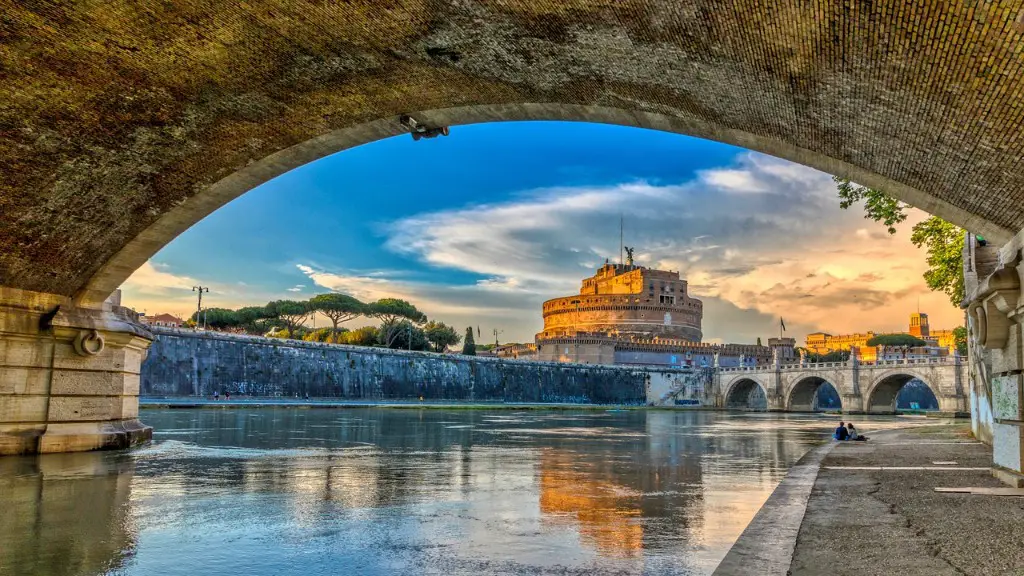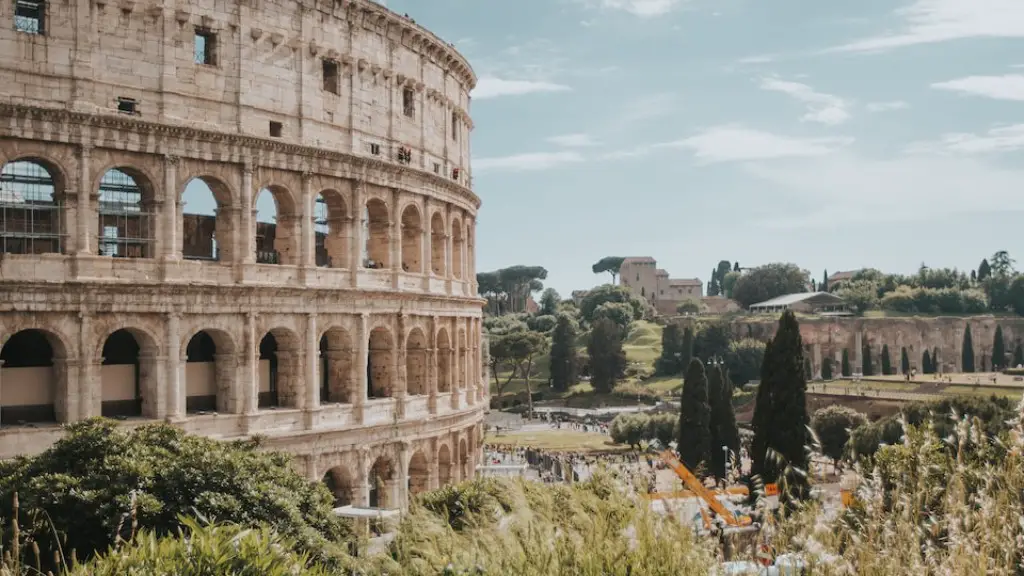If you want to understand the role of cement in ancient Rome, it is important to understand the culture that created it. Ancient Rome was a society that placed heavy emphasis on its citizens’ ability to construct and build, from small projects to monumental structures. Roman cement has been in use since at least the first century BC and, while its makeup and techniques of manufacture vary, the general process of producing cement is the same.
Roman cement has a unique composition that allowed it to harden rapidly in cold and damp conditions, making it highly versatile. The main components of Roman cement were lime and pozzolana, a volcanic rock-like material mined from Vesuvian soils near the city of Pozzuoli. By adding pozzolana to lime-based mortar, Ancient Roman engineers could create various types of cement. The Romans also experimented with other materials such as natural cement, miner’s cement, hydraulic cement, and solar cement.
The use of Roman cement was not limited to construction. It was also used in water reservoirs, aqueducts and other hydraulic systems. In addition, Roman cement was also used to repair existing structures, as it was strong enough to withstand the forces associated with earthquakes and other natural disasters. The combination of cement and pozzolana made the building of strong bridges and aqueducts possible. Roman cement was also used to make concrete pavement, which was used to pave roads and drains.
The use of Roman cement as a building material is testament to the remarkable engineering and technological savvy of the Roman civilization. The Romans innovated and improved on the standard construction technique of solid masonry walls and devised ways to use cement to create strong and durable structures. Roman building techniques, including the use of cement, resulted in some of the most iconic structures of antiquity, such as The Pantheon, the Colosseum, and the Appian Way.
Ancient Romans were able to produce cement in mass quantities, enabling them to build structures on a grander scale than ever before. Furthermore, the use of Roman cement enabled the Romans to create structures with unique architectural features and decorations. This allowed the Romans to produce highly impressive structures that endure to this day.
The use of Roman cement has been of great importance throughout history. Its superior strength, durability and cost-effectiveness have enabled it to become the building material of choice in both ancient and modern times. It has been used to construct monuments, buildings and other structures in many different cultures, ranging from Ancient Rome to modern-day cities across the globe. In the 21st century, Roman cement is still used in the construction of roads, bridges, and buildings.
Modern Roman Cement
Modern day Roman cement still has its roots in Ancient Rome and is a mixture of clay, lime and sand. Modern day Roman cement is made from different materials than the original but still has the same properties, namely that it is highly durable and resistant to weathering and natural disasters. The development of modern Roman cement has enabled engineers to create project of larger scale and greater complexity, from tall buildings to bridges.
Roman cement is produced today in various forms such as ready-mixed concrete, and mortar and is used in both commercial and residential construction. Furthermore, it is also used in the assembly of large bridges, tunnels, and dams. Its superior durability and strength enables it to withstand heavy loads and pressures. Roman cement combines properties that make it a cost-effective and reliable choice for construction – it is not only strong and durable, but also highly versatile and cost-effective.
Advantages of Roman Cement
Roman cement is renowned for its wide array of benefits over other building materials. It is highly durable, water resistant and offers superior insulation capabilities. In addition, Roman cement is fire-resistant and has a low carbon footprint, making it environmentally-friendly. Moreover, Roman cement is easy to install and is relatively inexpensive compared to other building materials.
Furthermore, Roman cement is also strong enough to stand up to the stresses that accompany natural disasters, making it an ideal choice for structures in seismically active regions. This has proved to be especially important in modern times, as the frequency of catastrophic natural disasters such as earthquakes, hurricanes and tsunamis is on the rise globally.
Roman cement has proven to be an invaluable resource for centuries and its widespread use in construction is a testament to its enduring utility. Modern-day engineers have benefitted greatly from the knowledge developed in Ancient Rome, as it allows them to build stronger, more durable and more striking structures.
Conclusion
Roman cement was an integral part of Roman society and its use in engineering and construction has been passed down through centuries. From buildings, roads and aqueducts to bridges and tunnels, the use of Roman cement has allowed the Romans to build some of the most iconic structures in history. In the modern era, its durability, strength, water resistance and cost-effectiveness has enabled it to become the building material of choice in both residential and commercial construction. Through its ongoing utility and remarkable endurance, Roman cement still serves as a testament to Roman innovation and engineering brilliance.



